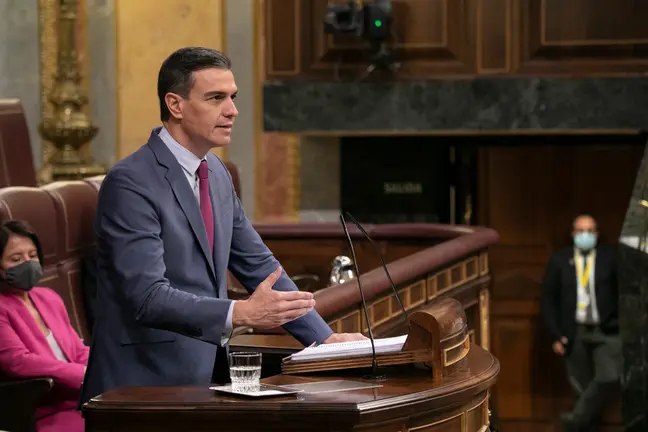The La Palma volcano in the Canary Islands, which has been erupting steadily for weeks and shows no immediate sign of ending its activity, has produced a second lava flow that is rapidly approaching the sea.
The flow is 200 metres away from the coast and could lead to the formation of a new headland, according to Involcan, the region's volcanological institute, on Sunday.
The flow of lava was nearing the coastal cliffs at a speed of 15 metres per hour.
The main flow of lava has been pouring into the Atlantic for about two weeks, creating a new spit of land that measured some 36 hectares on Sunday, meaning maps of the island will need to be re-drawn.
Meanwhile, on Sunday there were again dozens of earthquakes in the Cumbre Vieja mountain range.
The quakes are not particularly dangerous, however, occurring at magnitudes of up to 4.6 on the Richter scale and at depths of more than 30 kilometres, according to the authorities.
Volcano to remain active
Seismologists believe the volcano will likely remain active for some time to come, however.
"The end is probably not imminent," Angel Victor Torres, President of the Canary Islands, said on Sunday.
The island's airport was still open and running on Sunday, according to operator Aena. However airlines were unable to fly to La Palma over the weekend due to danger to aircraft posed by volcanic ash.
The volcano began to erupt on September 19 for the first time in 50 years. Since then, lava has destroyed more than 1,800 buildings, with 754 hectares of the island now covered in a metre-thick layer of lava. Some 7,000 residents have been evacuated from their homes.











